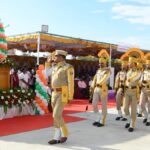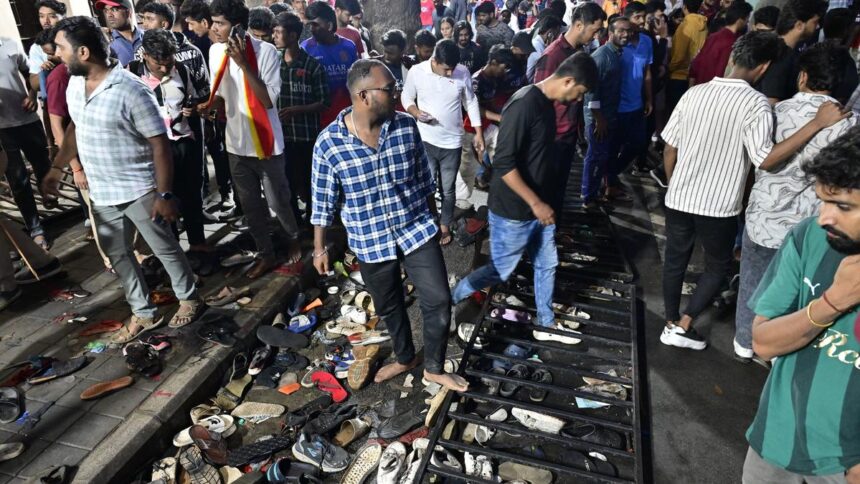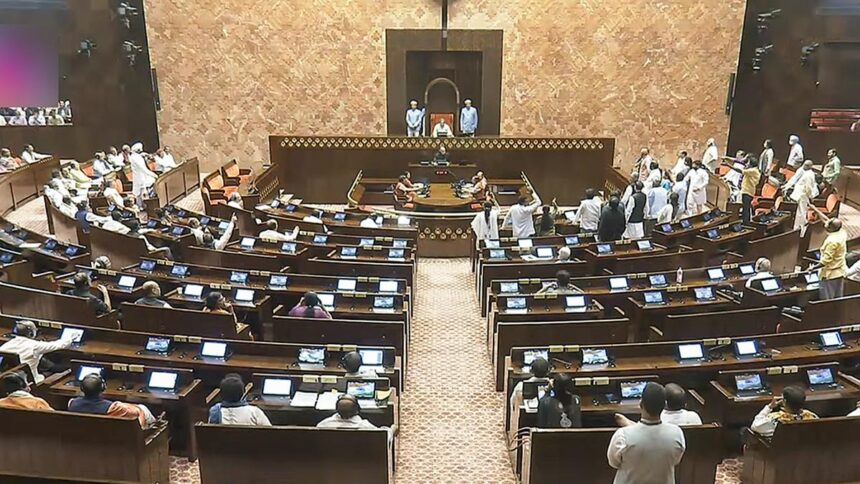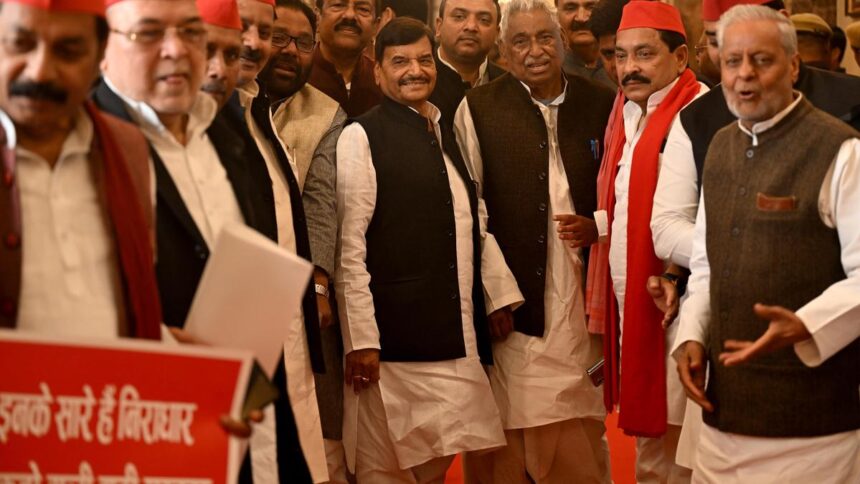
Author B.L. Venu with a copy of his novel Durgada Bedardange, based on the attempted rebellion by palegars against the British in Chitradurga in 1849.
| Photo Credit: SPECIAL ARRANGEMENT
The story of seven chieftains (palegars), who attempted a rebellion against the British rule in Chitradurga, eight years before the 1857 Sepoy Mutiny, is one of the lesser-known episodes in the fight against the British Raj. The records of British officer Major General R.S. Dobbs show that a group of people made a valiant effort to overthrow the British in Chitradurga in 1849, but failed.
Chitradurga, about 200 km from Bengaluru, was governed by palegars, who were feudatories earlier, under the Vijayanagara Empire. After they were defeated by Hyder Ali of Mysuru in 1779, the region came under the rule of the Mysore kings. Following the fourth Anglo-Mysuru war, in which Tipu Sultan died, the place came under the rule of the Wadiyars of Mysuru, who were guided by a British resident. Later in 1831, the British took over the administration due to the unrest caused by the oppression by cultivators in the State.
Restrited to Bengaluru
Under the British rule, the family members of palegars, who had lost power, were forced to reside in Bengaluru, the seat of government, and they were restricted from visiting villages without special permission. Among them, seven palegars formed a group, “escaped from Bengaluru”, and proceeded to the town of Dodderi, near Challakere. Keeping Dodderi as the centre, they moved around in the daytime to mobilise support and held meetings during the night. They recruited about 50 people and garnered the support of many more.
All these developments were recorded by Mr. Dobbs, who was the commissioner of Chitradurga in those days. He gave a brief note about the rebellion that occurred in 1849, in his book Reminiscences of life in Mysore, South Africa, and Burmah, published in 1882. Mr. Dobbs, in his account of events, says he sent information to the Chief Commissioner in Bengaluru and commissioners in the neighbouring districts. As the days went, the rebel group moved to Holalkere and settled at a hillock.
Mr. Dobbs instructed the commanding officer at Chitradurga to reach the hill. Lieutenant Harkness, another young British officer, accompanied by the soldiers, attacked the palegars and captured all of them.
Noted writer B.L. Venu, who is known for his historical novels, penned Durgada Bedardange in 2021. Taking the basic facts about the rebellion from Mr. Dobbs’s work and other sources, he narrated a story. “I got the idea of this novel after listening to a lecture delivered by B. Nanjundaswamy, a Tumakuru-based researcher, in February 2018,” he said.
In the novel, the British officers hang the rebels in the historic fort of Chitradurga. Mr. Venu was convinced that the British must have punished them with the death penalty, as they did with other rebels, including Sangolli Rayanna in the past. “There had been many rebellions against the British, much before the Sepoy Mutiny of 1857, which we call the first war of Indian Independence,” he said.
Mr. Venu stated that the rebellion by the people of Chitradurga was a significant episode in Karnataka’s history. “However, the rebellion did not receive due recognition. There should be further research on it and the State government should build a memorial so that the present generation remembers the sacrifice of our ancestors,” he added.
Published – August 15, 2025 08:15 pm IST


















